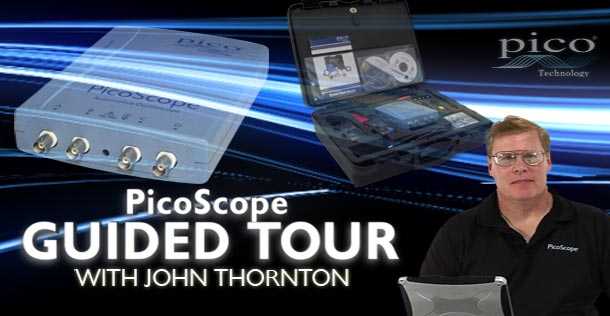2020 ‘B’laster Instructor Of The Year’ Winner Announced
Congratulations to Ed Martin from Pickens Technical College in Aurora, Colorado!
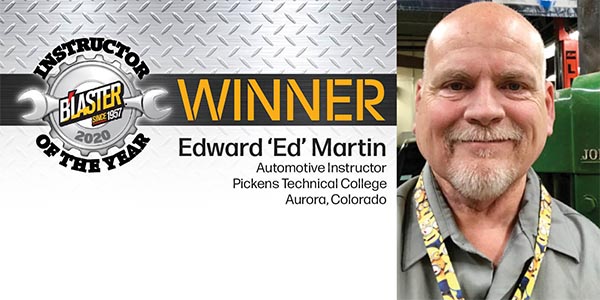
Career Center of Southern Illinois Instructor Named Fourth Finalist For ‘B’laster Instructor Of The Year’
Greg Baird shares how a customized education helps students from all walks of life.
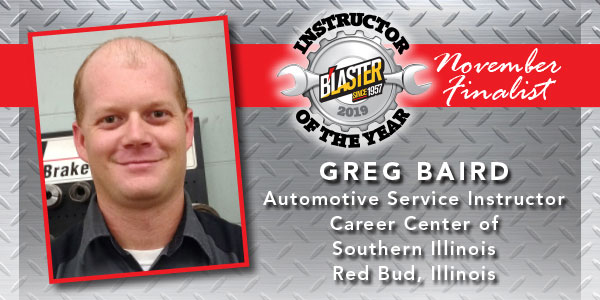
Okeechobee High School Instructor Named August Finalist For ‘B’laster Instructor of the Year’
Jason Anderson, our first “B’laster Instructor of the Year” finalist shares how his students practice real-world automotive careers with a functioning shop in the classroom.
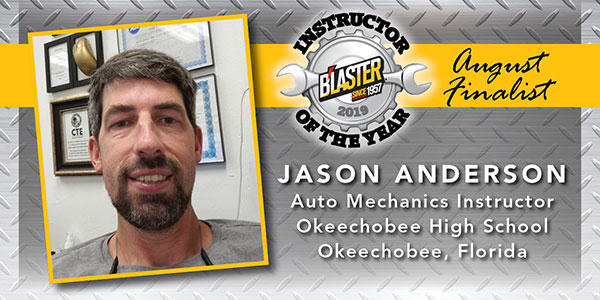
Ford Electronic Returnless Fuel Systems
In this tip clip excerpt from the complete Fuel System Testing Strategies class instructor Bill Fulton talks about the Ford Electronic Returnless Fuel systems and how to perform tests on this system using your DSO. He shows us the parameters to watch out for on your scope and how to interpret the info you see.
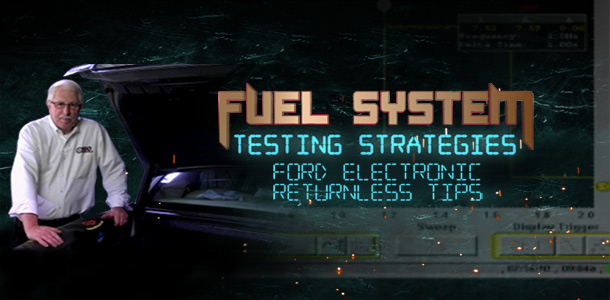
Lambda Tech Tip
In this tech tip, instructor Bill Fulton gives you a quick modern day tech tip that you don’t see on their scan tool. It’s called Lambda. This is what we call the corrected air-fuel ratio. He discusses Lambda, how it differs from manufacturer to manufacture, and what numbers to look for.
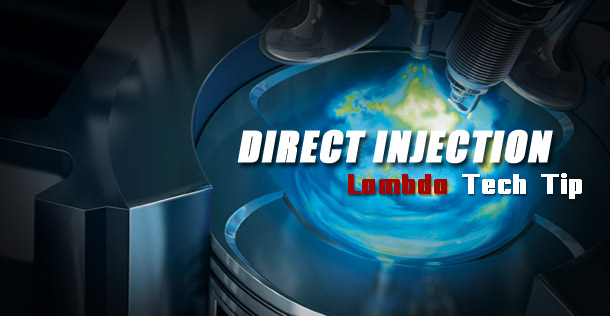
Alternative Load Test Techniques Tip Clip
Instructor Dave Hobbs talks about voltage drop testing issues where the circuit you’re testing doesn’t really have the current flow going through it like it should. It may not be due to the fact you have a big voltage drop from a large resistance source in the wiring or the connections. It could be a couple of problems. It could be the wiring and connections, in addition to a component that’s either inoperative or not drawing enough current as it normally would. In this tip clip we talk about these things and some alternative ‘MacGyver like’ load testing techniques you can try.

Misfire Testing with a Scan Tool Tip Clip
In this tip clip, instructor Jim Wilson talks about P0300 codes and misfire testing using your scan tool. He talks about how you would look at certain things such as RPM, MAP, changes in load, and long term fuel trims. He goes on to mention some things technicians should be aware of on Ford and Chrysler vehicles.
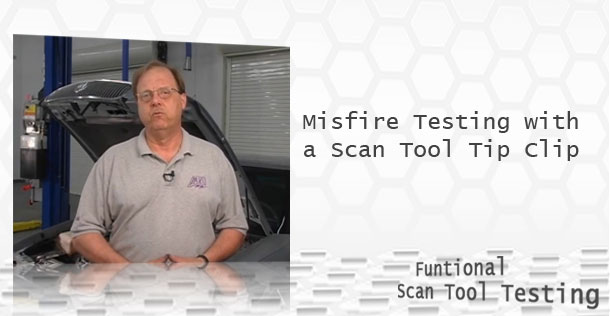
A8 Tech Tip: Two Stage Temp Sensor
Instructor Dave Hobbs gives some insight into something a lot of techs already know about and may just take for granted–two stage temperature sensors. He covers some specifics about the sensors, testing procedures, and how to avoid replacing parts that are good only to find you still have a problem. He also gives some details and insight into the differences in design and wiring of these sensors between the individual manufacturers.
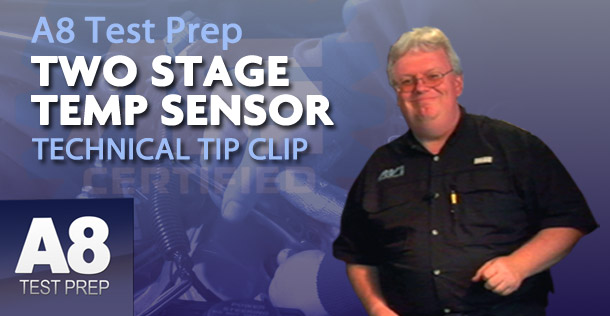
Hybrid A/C Compressor Fuse Tech Tip
In this tip clip, Instructor Dave Hobbs talks about the Hybrid A/C compressor fuse on a Gen 3 Toyota Prius. He provides some hands-on info about how and where to find the fuse. He discusses safety and techniques for properly testing the DC current air conditioning fuse to the DC mini inverter compressor used in late model Toyota and Lexus.
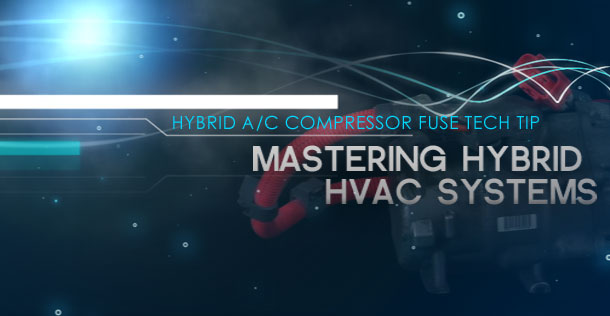
Shorted Motor Gen Tech Tip
In this hybrid tech tip clip instructor Dave Hobbs talks about the hybrid battery disconnects and how important it it for you as a technician to know how to know the procedures to deactivate and shut down hybrid voltage systems in order to safely and efficiently even be able to service other non hybrid systems on a vehicle.
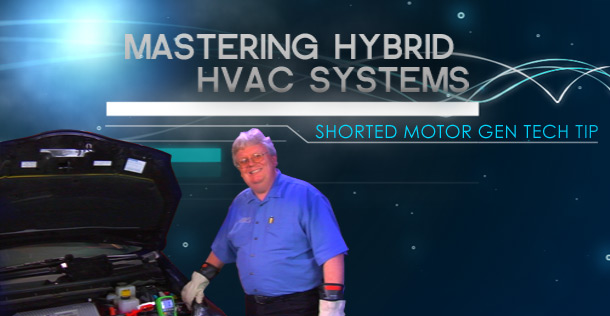
Repair Shop Marketing Tip Clip
In this series of short tip clips from management and service writing instructor George Witt you will learn several quick tips that will help to to better market your shop. George talks about things such as friendliness, cleanliness, reminders, humor, training, and equipment.
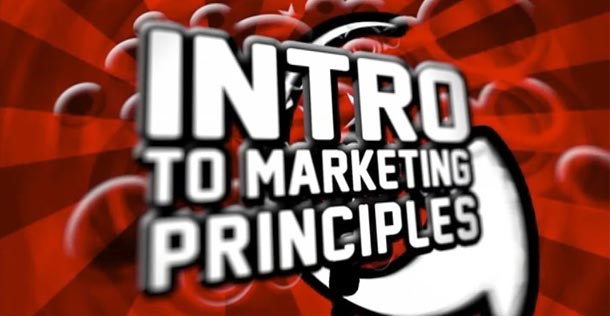
Common Functions of the PicoScope Tech Tip
In this tip clip instructor John Thornton will present some ‘need-to-know’ info about some common function found on your PicoScope. John covers things such as vertical scale (number of volts per division), horizontal scale (the base time of the sweep speed), and trigger.
